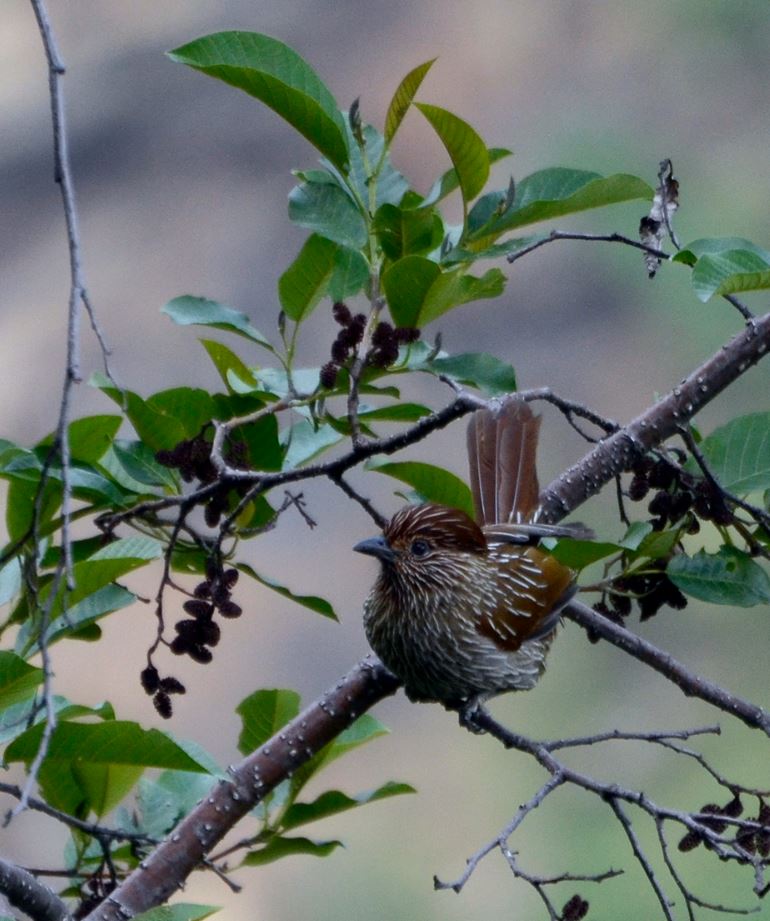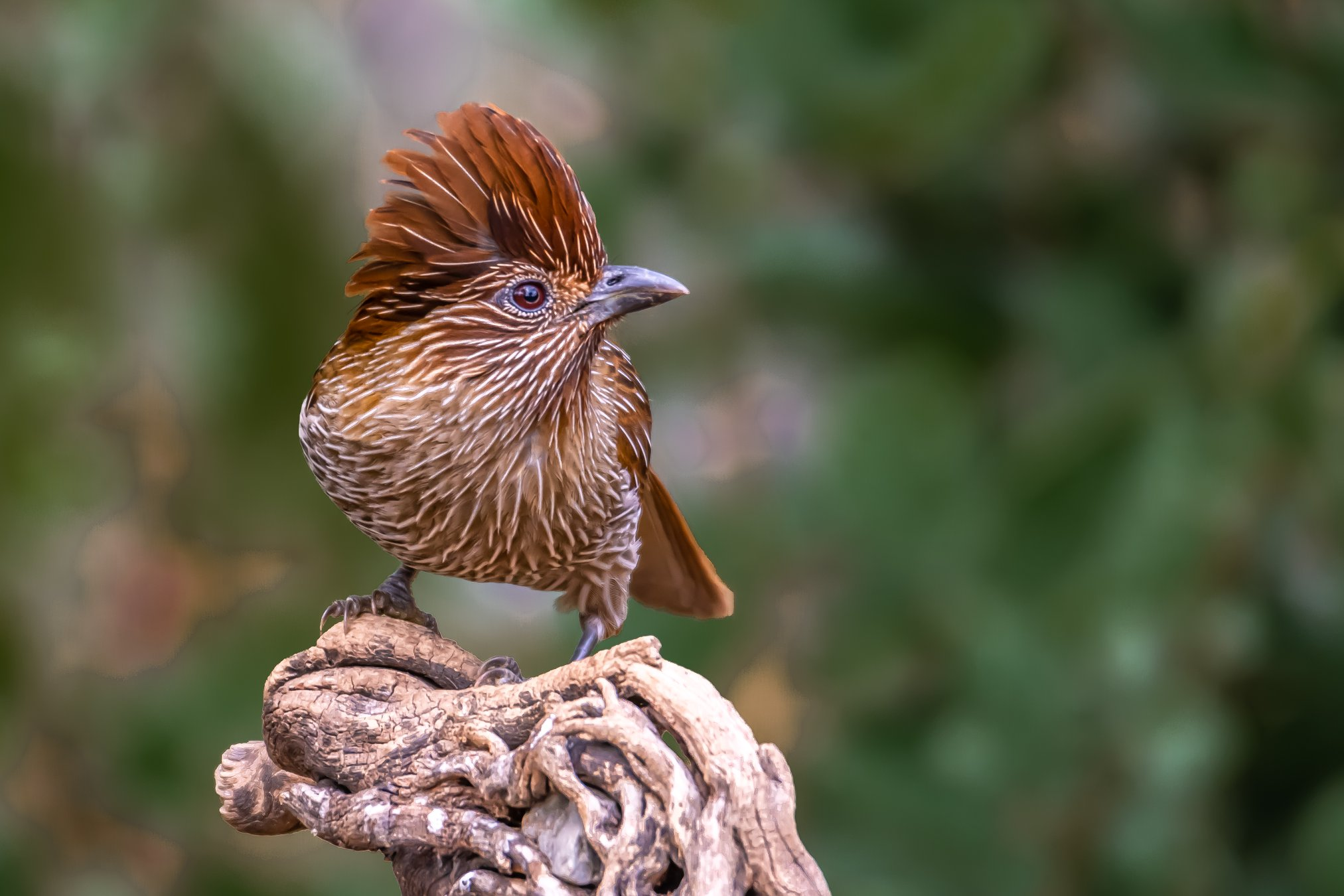Introducing the elegant Striated-laughingthrush bird:
The Striated-laughingthrush, belonging to the Leiothrichidae family, is a charming passerine bird with a unique appearance. Its luscious umber-brown upper plumage blends seamlessly into a lighter shade on the lower body. What sets this bird apart are the delicate white lines that run along each feather, creating a mesmerizing pattern on its body. The chestnut tail is tipped with a touch of white, adding to the bird’s overall beauty. With its black bill, dusky plumbeous legs, and reddish-brown iris, the Striated-laughingthrush is truly a sight to behold.
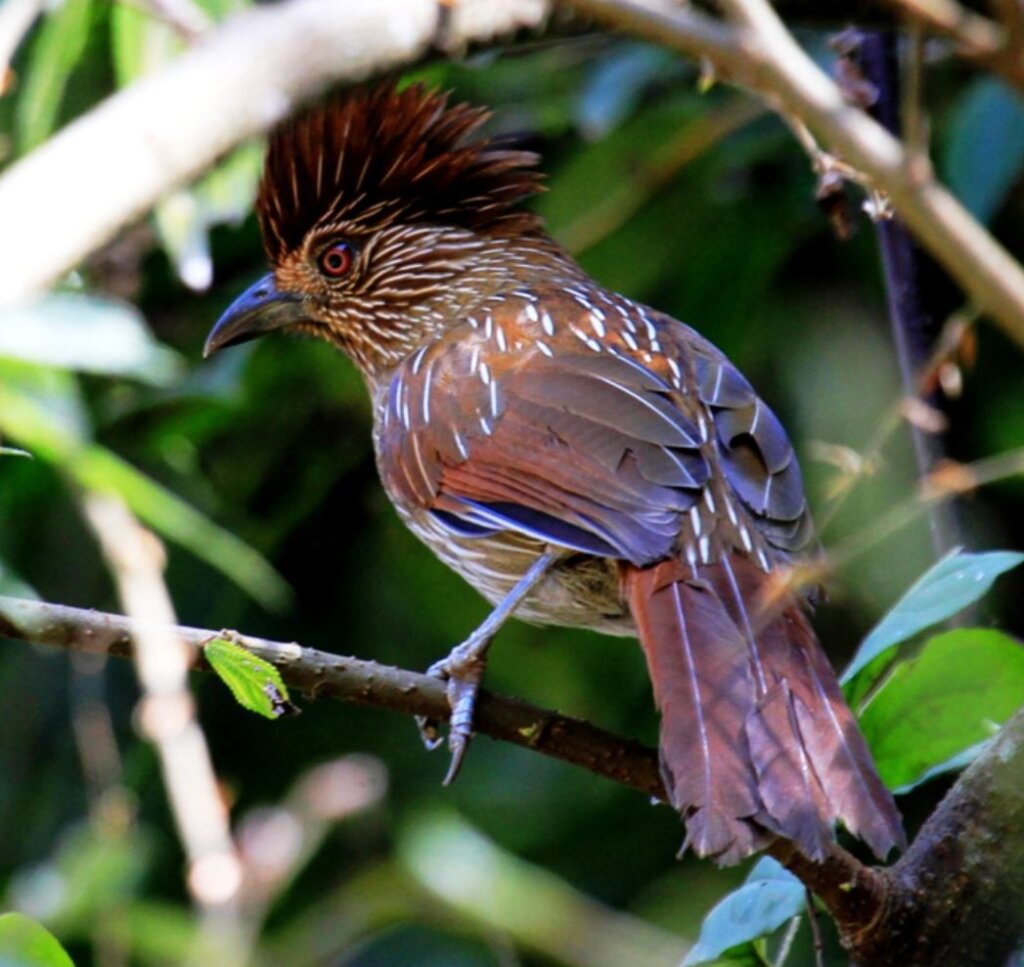
The image titled “Striated laughingthrush (Grammatoptila striatus)” by Wikian01, available under the CC BY-SA 4.0 license, shows a unique bird with a short bill and a shaggy crest. This laughingthrush bears a striking resemblance to a dark barwing, with its brown coloration and delicate white stripes covering its body.
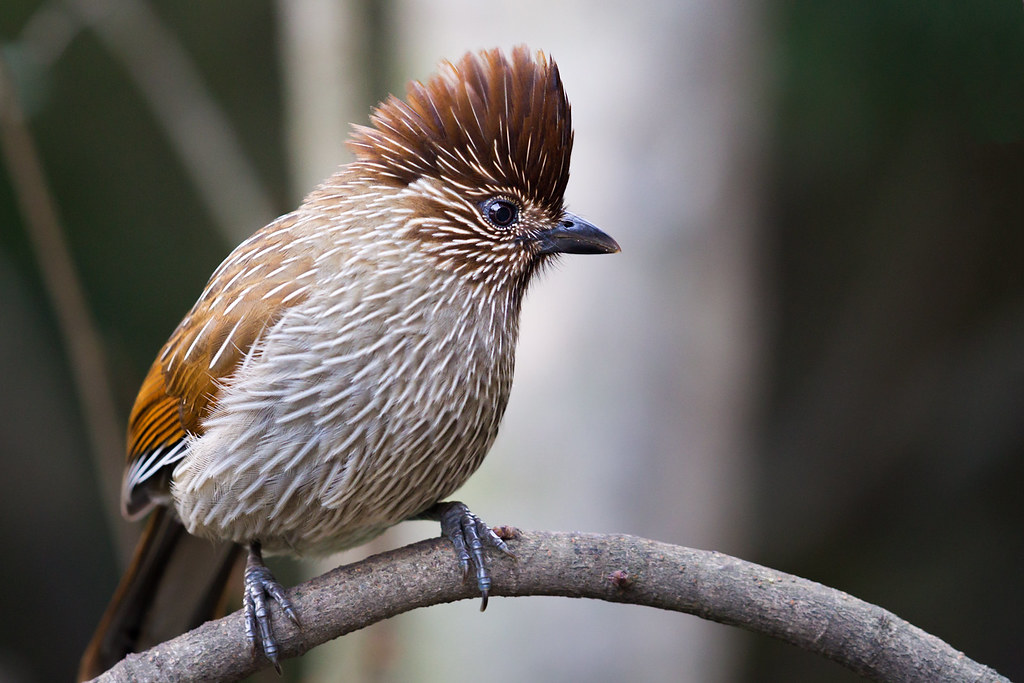
This type of animal can be located in the Himalayas, spreading from the Sutlej region to Bhutan, dwelling at heights ranging from 6000 to 9000 feet. Although there have been reports of its existence in Birbhum, Bengal, these claims are most likely inaccurate.
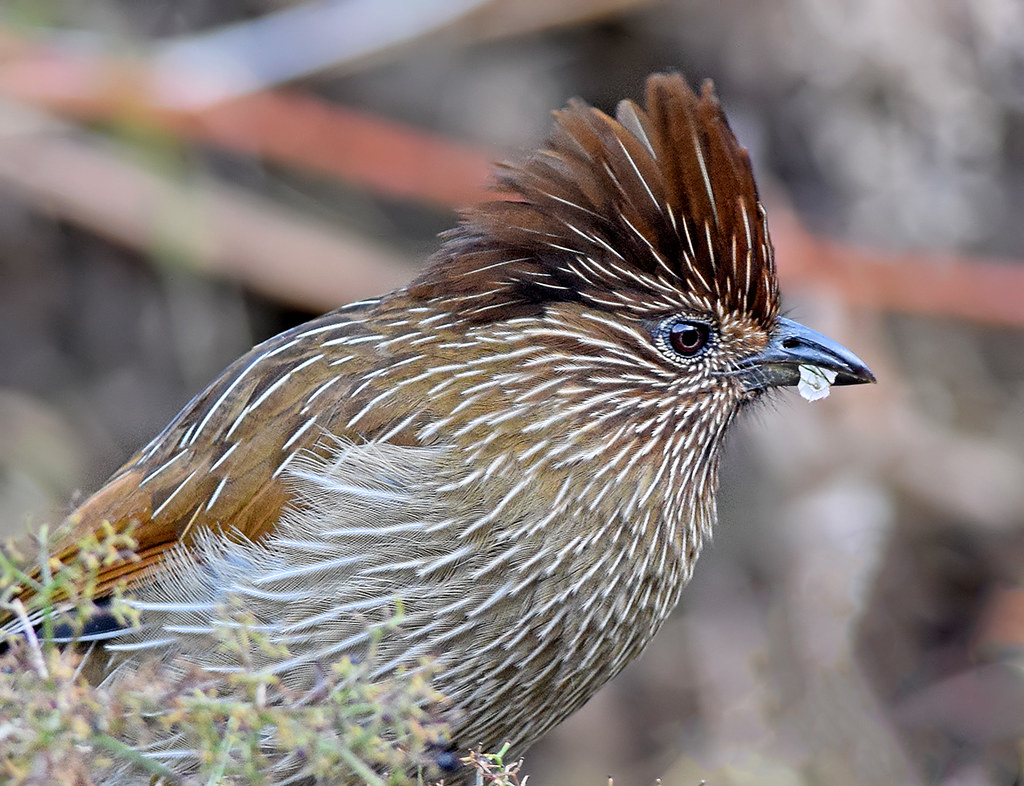
The “striped laughingthrush” photographed by T_Monk is registered under a CC BY 2.0 license. This bird is typically found in the natural environment of subtropical or tropical wet lowland forests, as well as subtropical or tropical wet mountain forests.
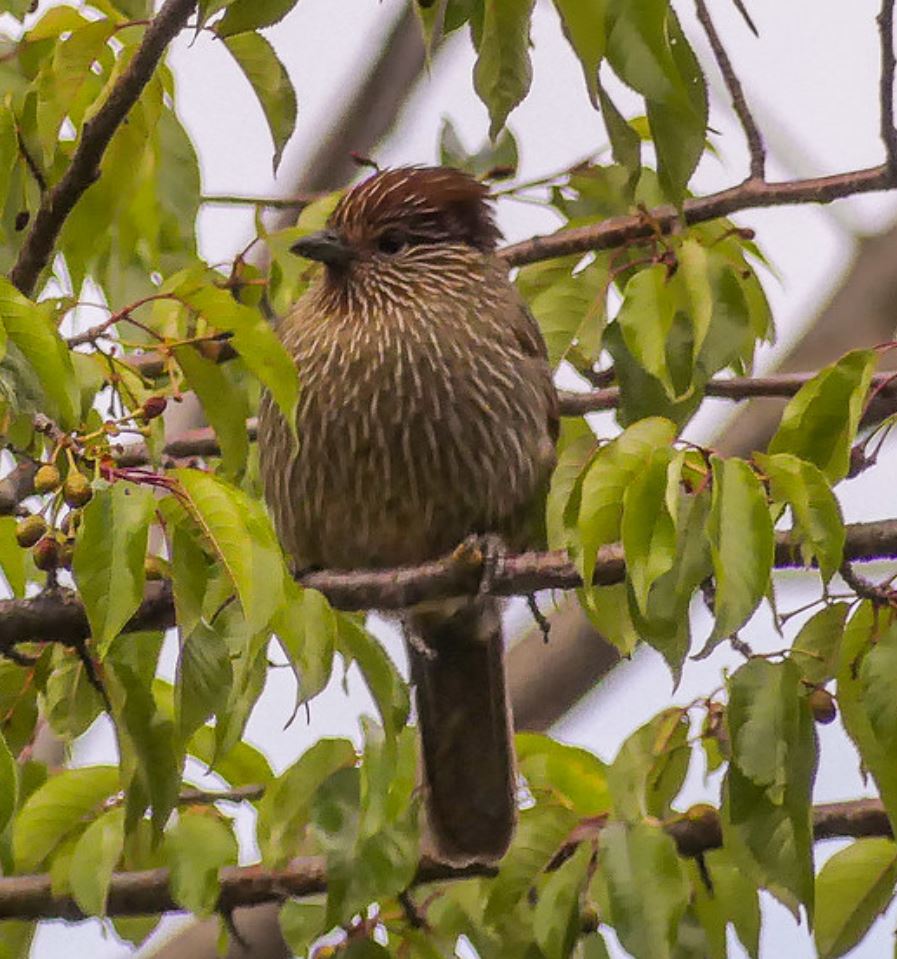
The Striated Laughingthrush, captured in a photograph by Mike Prince and licensed under CC BY 2.0 (cropped), can be found mainly foraging in the middle storey and lower canopy of its natural habitat. It enjoys searching for food in the tall tree canopies, on lower branches, and amongst the undergrowth. This bird has a diverse diet that consists of insects such as beetles, as well as berries and seeds. It is particularly fond of aromatic wintergreen, flowers, rhododendron, and gelatinous lichen.
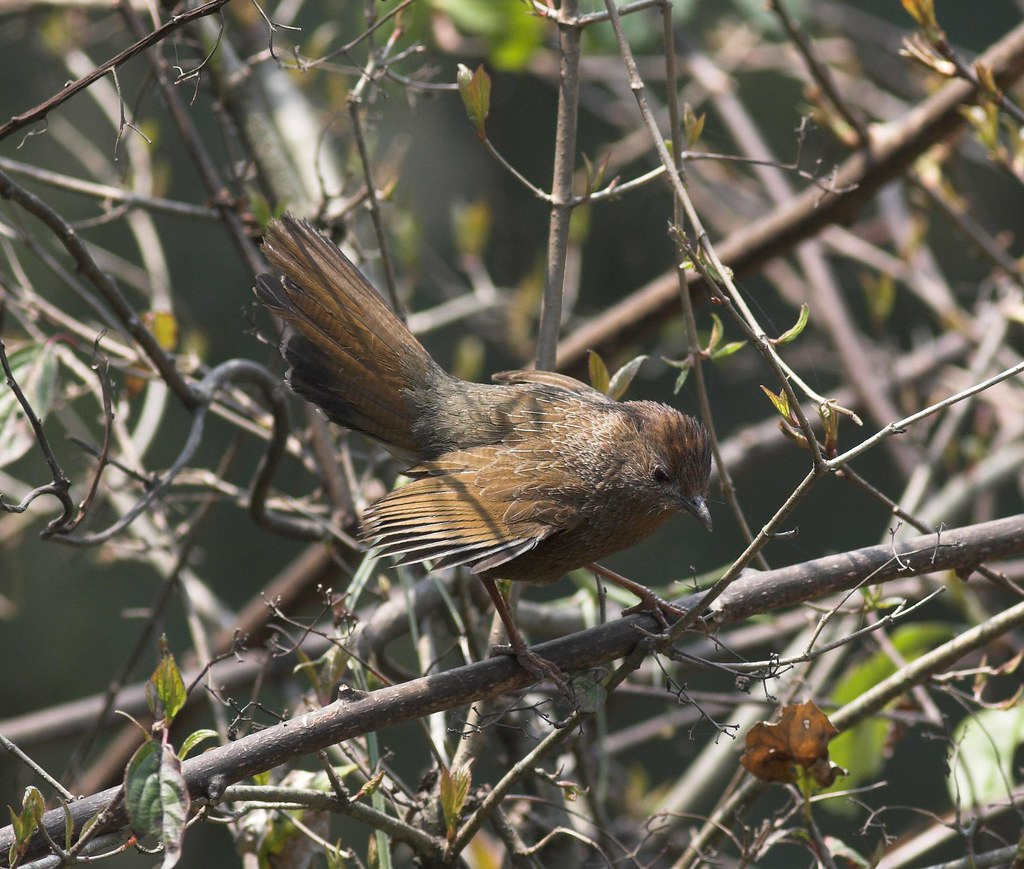
The Striated Laughingthrush, as captured in Allan Drewitt’s photograph, is recognized for its unique calls that Jerdon describes as similar to a hen clucking after laying an egg. Breeding season usually takes place from May to July, and during this time, the bird creates a nest made of grass and other components in a low tree. Typically, they lay only two blue eggs, some completely spotless while others have a few brownish-red specks, measuring 1.3 by 0.9 inches.
